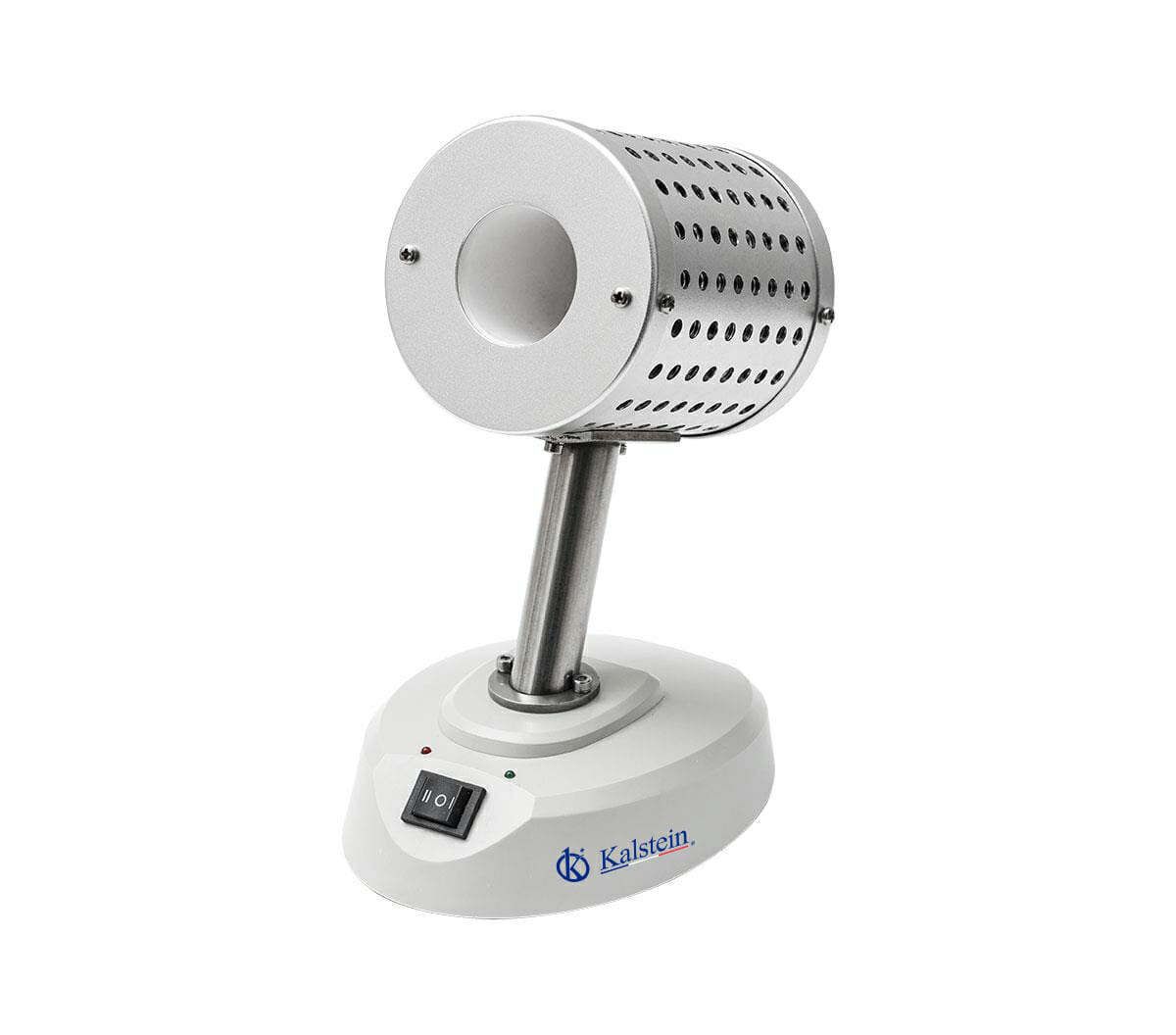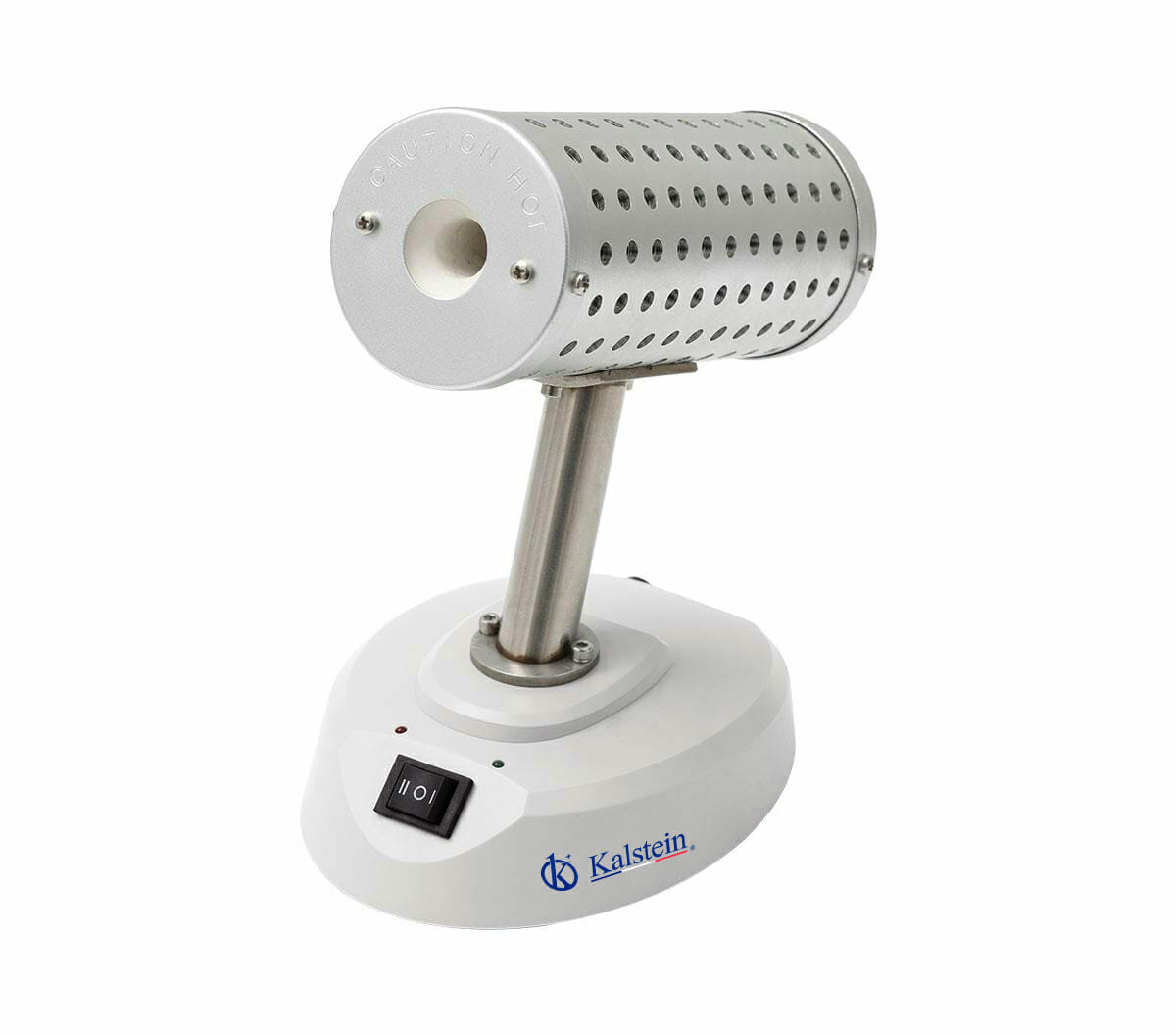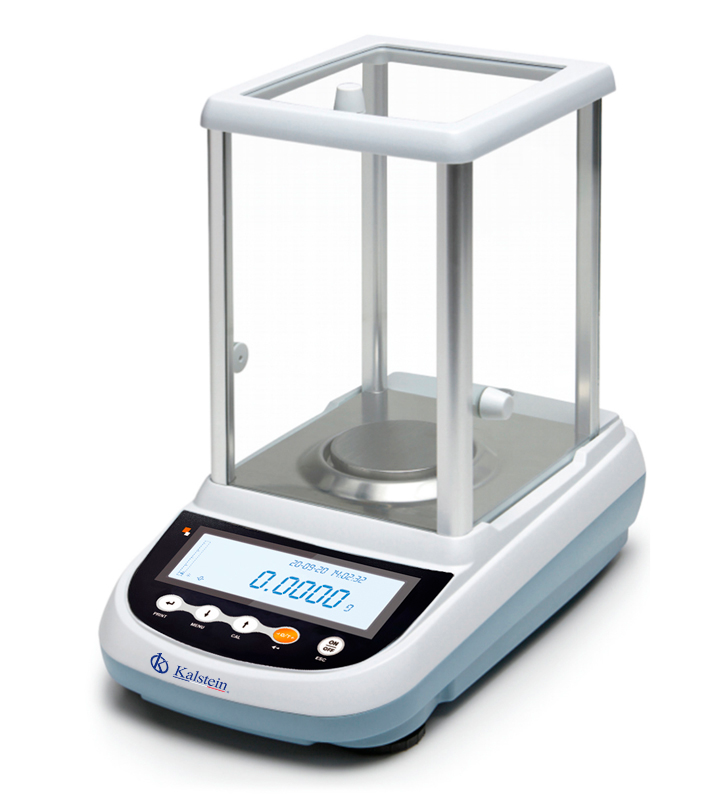The refractometer is an optical device that serves to measure the percentage of soluble solids in a liquid solution, this instrument uses the physical principle of total refraction of light, which originates from the concentration and type of substance dissolved in a liquid solution.
This equipment is responsible for measuring the density of liquids, knowing that the denser the liquid, its refraction will be greater. We can also say that this sophisticated apparatus is used to measure the refractive index of translucent solids and liquids. This laboratory element uses the principle that ensures that when the density of a substance is increased its refractive index is proportionally increased, for example when sugar is dissolved in water.
This instrument not only measures liquids, but it can measure gases and solids, this invention helps you measure the concentration index of a substance in a matter, this makes it possible to analyze the percentages of some substances that make up a matter. It also allows to identify the types of substances and the degree of purity that they possess.
What is a laboratory refractometer for?
This instrument is not only used in the area of chemistry, to control the manufacture of products such as air fresheners, antifreezes, perfumes, emulsions, detergents, glues, among others. But this element has also been a protagonist in food industries.
For example, when measuring sugar in food, in the control of production operations in industries of liquid products such as juices, dairy products, sugar refining, soft drinks, energy drinks, sauces, the use of different types of refractometers is vital. importance.
It is important to highlight that the fundamental function of the laboratory refractometer is to measure the refractive index of a medium.
Types of refractometers
The Abbe refractometer: This refractometer bases its operation on the reflection of light, which allows to analyze the properties of a substance such as density. It also detects the concentration of soluble solids such as salts, proteins, acids or sugar. However, Abbe’s refractometer can only measure solutions with a refractive index below that indicated in Flint glass, so this limitation is solved by correcting the temperature with a thermostat built into the optical system. According to the application of this type of refractometer, different scales of measurement of percentages can be identified, which are degrees Brix, Baumé and Mash Sacch.
The digital refractometer: Thanks to technological advances, digital refractometers arose. These facilitate the analysis of the contents of glucose, maltose and lactose present in various substances in a faster, more comfortable and precise way. This type of refractometer offers many advantages, such as eliminating the need to manually record data. This is because it has a screen where the results are displayed along with the temperature of the samples and stores them in the memory of the PC. An example of a refractometer that we can mention is the RXA Refractometer, which calculates the refractive index plus the density to proceed with the quality control of industrial products such as perfumes, soft drinks and even fuel.
At Kalstein we are MANUFACTURERS and we offer you excellent refractometers at the best PRICES on the market. That is why we invite you to take a look at: HERE




